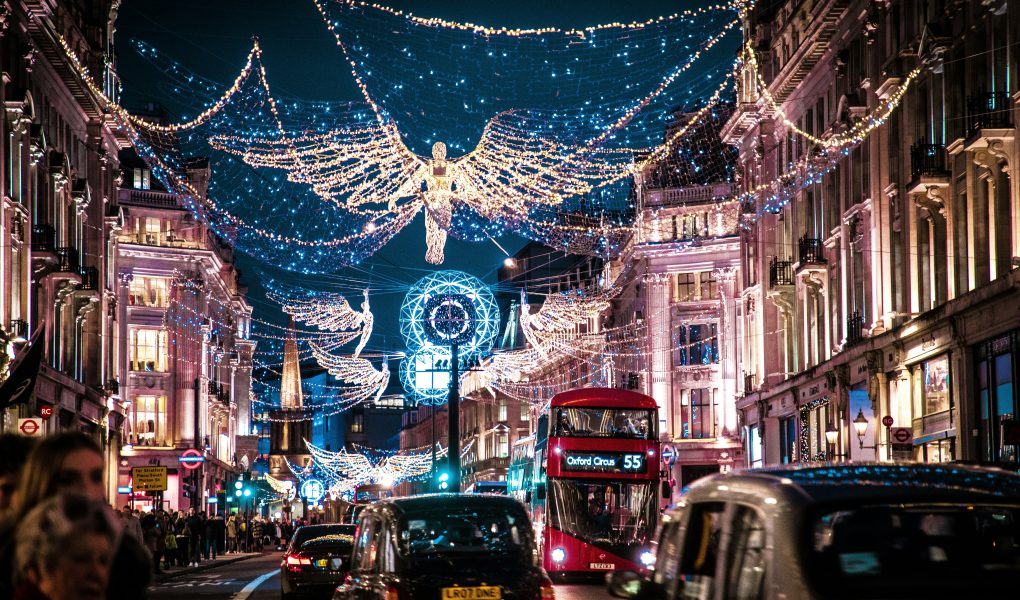When it comes to outdoor lighting, a fine line exists between creating a stunning display and unintentionally causing tension with your neighbours. Whether it’s festive Christmas lights or year-round outdoor illuminations, lighting nuisance complaints can be an issue across the UK.
To uncover the areas where neighbourly disputes over festive lighting are most common, data experts at The Solar Centre analysed lighting nuisance complaints from councils nationwide during the festive season.
Here are the findings…

East Cambridgeshire has been crowned the UK’s Grinch Capital, with a whopping 133 lighting nuisance complaints submitted over the last three festive seasons (November–January 2021-2023).
January proved to be the peak month for complaints, making up 40 percent of the area’s reports—suggesting residents have little patience for lingering festive lights after the holiday season ends.
Leeds, West Yorkshire, came in second with 115 complaints, with November being the most contentious month (42 percent).
Birmingham follows closely behind in third place, recording 92 complaints, most of which were also made in January.
Completing the top five are Manchester (87 complaints) and Hillingdon in West London (75 complaints). Both areas show distinct trends for when complaints spike—November for Manchester and January for Hillingdon.
The number of complaints received across the three months and years showed November was the most popular time for one to be submitted, closely followed by January, and 2021 saw the largest spike in complaints.
When do neighbours complain the most?
The data showed most complaints about Christmas lights are made in November. This is probably due to disputes around Christmas lights being out too early in some neighbours eyes.
November Complaints: 1,899
December Complaints: 1,510
January Complaints: 1,808
So, when ‘should’ you put up your lights for Christmas?
Traditionally, decoration starts on the first day of advent (the fourth Sunday before Christmas Day), but research suggests people in the UK are thinking about decorating even earlier in recent years. In fact, a 2023 study found that Brits are getting into the Christmas spirit as early as mid-November.
The number of complaints made in January wasn’t too far off November, likely for the opposite reason – neighbours leaving their lights up for too long!
Why might lighting complaints spike at Christmas?
Lighting nuisance complaints often arise due to excessive brightness, intrusive displays, and poor placement of outdoor lights. While some Brits revel in bold decorations, others may view them as disruptive or intrusive, particularly if lights are too bright or shine directly into neighbouring homes.
The findings shed light on broader neighbourly dynamics, with 12% of Brits admitting they consider their neighbour’s property an eyesore.
How to Avoid Being on Your Neighbour’s Naughty List
Be Mindful of Brightness: Choose warm, subtle lights over bold and flashing ones to create a festive yet considerate atmosphere.
Strategic Placement: Direct lights onto your own property and away from windows or shared spaces.
Use Timers: Set lights to turn off at a reasonable hour, preserving power and neighbourly goodwill.
Communicate: Inform neighbours about your plans in advance to gauge their preferences or concerns. While lighting complaints are inevitable in some areas, thoughtful planning and open communication can help reduce the risk of conflict.
Take Down Decorations Promptly: Avoid complaints by removing festive lights soon after the season ends. Traditionalists suggest taking them down 12 days after Christmas.
Methodology:
The Solar Centre submitted Freedom of Information (FOI) requests to UK district and borough councils for lighting nuisance complaints recorded in November, December, and January across 2021-2023. Complaints were then totalled for each council to determine the top areas for lighting disputes.




